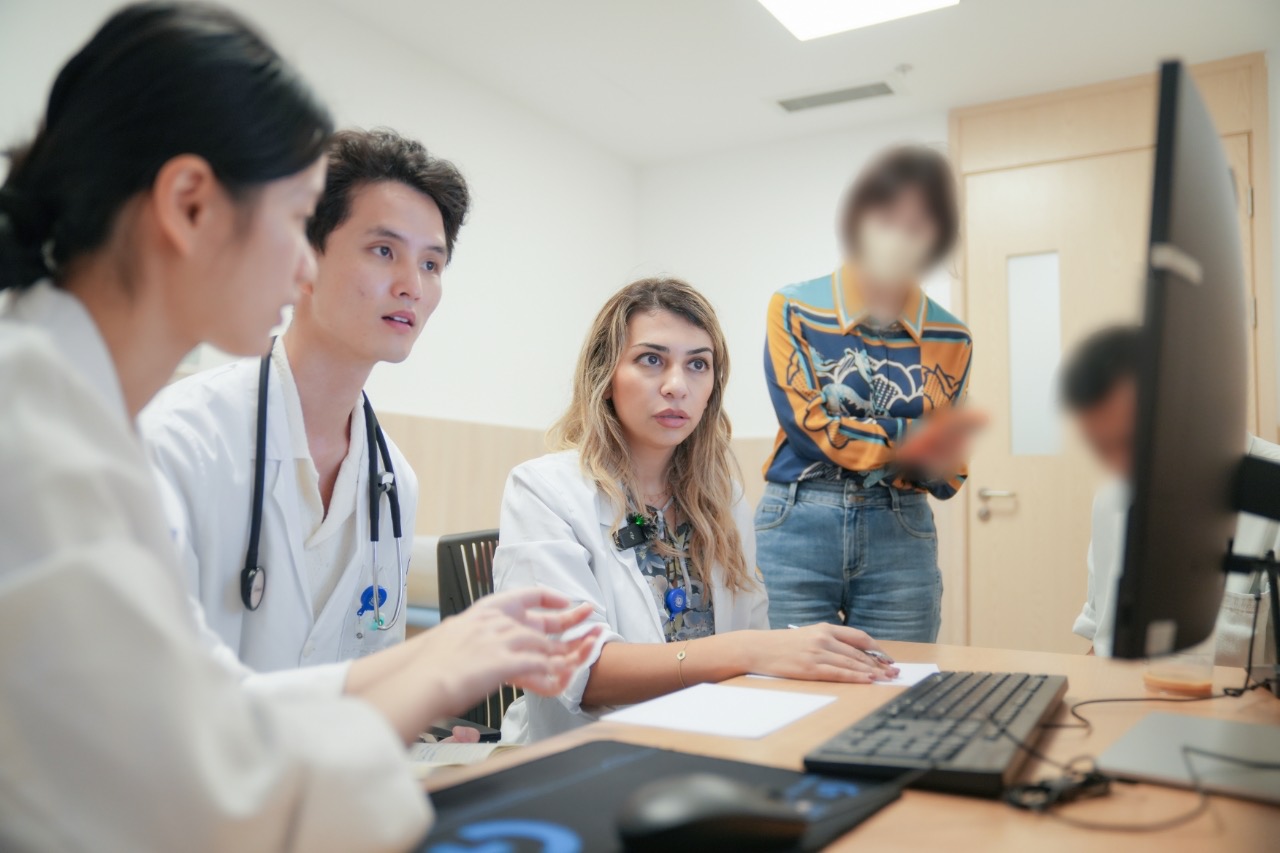
From June 28 to July 12, Sayna Norouzi, MD, FASN—Associate Professor of Medicine and Director of the Glomerular Disease Clinic—traveled to Zhejiang University-affiliated Sir Run Run Shaw Hospital (SRRSH) in Hangzhou, China, to provide specialized nephrology care and explore opportunities for clinical collaboration. The visit aimed to introduce advanced kidney care, medical education, and research partnerships to SRRSH, part of the Loma Linda University Health Global Campus–China. Patients traveled from multiple provinces to see Dr. Norouzi, highlighting the significant need for subspecialty care.
During her visit, Dr. Norouzi worked closely with local faculty and trainees—mentoring residents, joining clinical rounds, and participating in case conferences. She also strengthened research ties with Junnan Wu, MD, Deputy Director of the Department of Nephrology at SRRSH and longtime collaborator. Together, they are developing joint publications and have submitted a proposal for a shared research grant. This collaboration aims to advance global knowledge and treatment options in the field of nephrology.
The trip also highlighted key differences in healthcare delivery, including limited access to newer medications and genetic testing—challenges that inspired plans for ongoing knowledge exchange through monthly virtual case conferences.
Reflecting on her experience, Dr. Norouzi shared, “As a doctor and nephrologist, what made this trip so meaningful is that, yes, you’re helping patients—something we do every day—but this felt different. It felt like I was helping to change an entire system.” She recalled the deep appreciation shown by patients and healthcare staff, as well as moments of connection despite language barriers. “I saw patients with rare diseases hearing about new therapies for the first time. Some cried, some held my hand. Young women asked if they could have children someday, and when I shared their options, some broke down in tears. We often think language is a barrier, but when it comes to health and hope, there is no barrier.”
Most of the patients Dr. Norouzi treated were young adults in their 20s and 30s, facing serious diagnoses but leaving with hope for the future. “I had a 21-year-old patient with a serious condition. I don’t want them to lose hope. The future is bright, and there are many new options now. I don’t want them to give up.”
Dr. Norouzi encourages her colleagues to consider global partnerships. “Being part of starting a new clinic and bringing in a new vision was incredibly rewarding. It’s something every physician should experience at least once in their career.”
